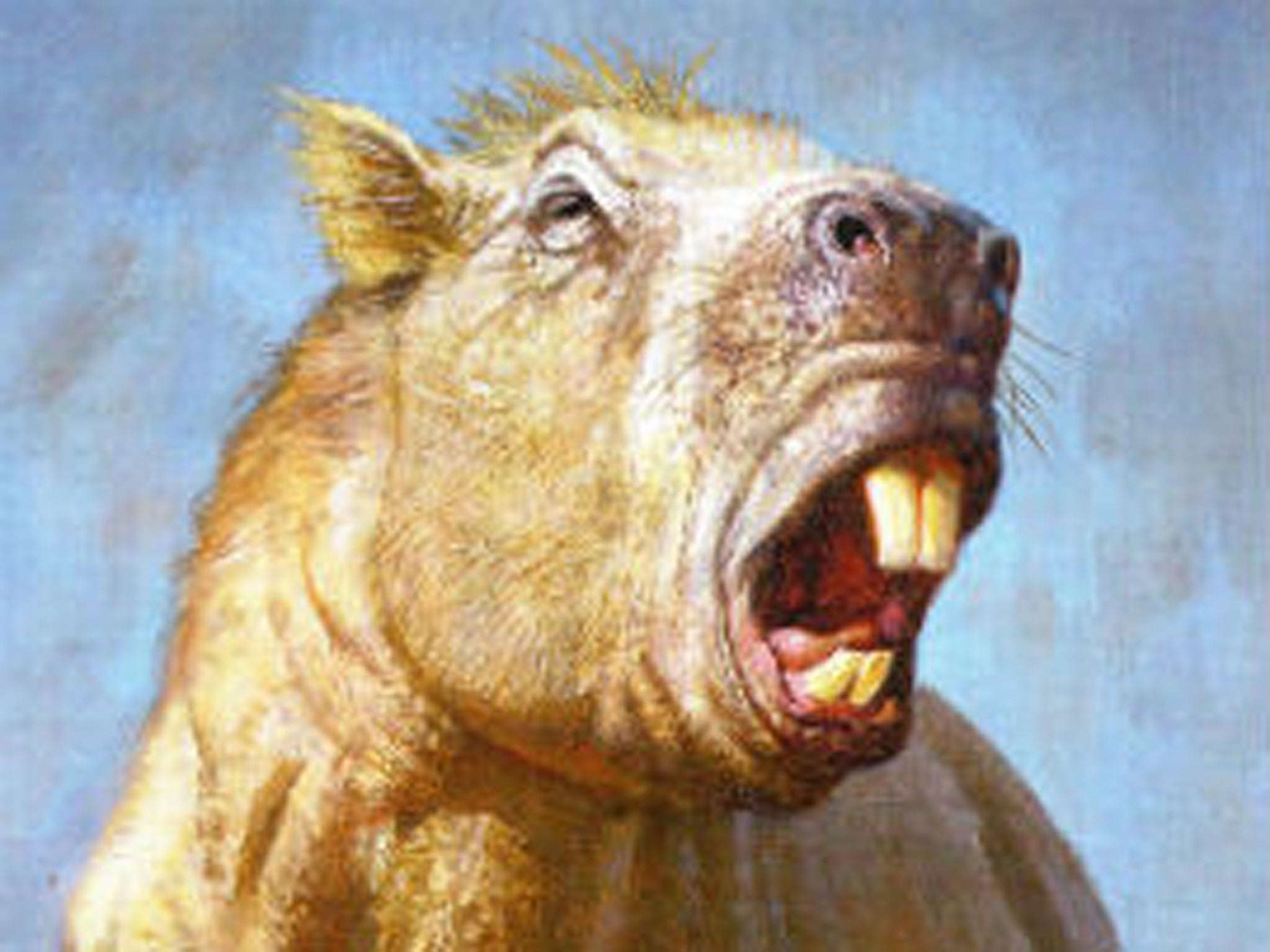Biggest ever rodent was a huge guinea pig with strong, tusk-like teeth
Bite was about as strong as that of a tiger

Your support helps us to tell the story
From reproductive rights to climate change to Big Tech, The Independent is on the ground when the story is developing. Whether it's investigating the financials of Elon Musk's pro-Trump PAC or producing our latest documentary, 'The A Word', which shines a light on the American women fighting for reproductive rights, we know how important it is to parse out the facts from the messaging.
At such a critical moment in US history, we need reporters on the ground. Your donation allows us to keep sending journalists to speak to both sides of the story.
The Independent is trusted by Americans across the entire political spectrum. And unlike many other quality news outlets, we choose not to lock Americans out of our reporting and analysis with paywalls. We believe quality journalism should be available to everyone, paid for by those who can afford it.
Your support makes all the difference.The biggest rodent that ever lived looked like a huge guinea pig and used its big teeth like an elephant does its tusk, according to new research.
Josephoartigasia monesi, which lived about three million years ago, is the biggest fossil rodent ever found.
Computer modelling has been used to determine how powerful its bite was, and how it used its huge teeth. The research was led by Philip Cox, of the University of York’s Centre for Anatomical and Human Sciences.
He found that the bite forces were similar to that of a tiger — about 1400 Newtons. The teeth would have been able to withstand three times that force.
“We concluded that Josephoartigasia must have used its incisors for activities other than biting, such as digging in the ground for food, or defending itself from predators,” said Cox. “This is very similar to how a modern day elephant uses its tusks.”
To conduct the research, Cox made a CT scan of the fossil and used it to reconstruct its skull. Researchers then used finite element analysis on the model, a technique that can be used to predict how an object would undergo stress and strain.
Join our commenting forum
Join thought-provoking conversations, follow other Independent readers and see their replies
Comments